Taking expertise from Ferrari’s Formula 1 efforts, the new hypercar boasts a hybrid system with KERS technology. According to Ferrari, the electrical assistance it provides lower down in the rev range allowed the engineers to optimise the V12's performance at the noisy end of the rev spectrum (which tops out at 9,250rpm), while also allowing for a more linear power delivery. As a result, 62mph can be reached from standstill in less than three seconds, with 124mph breached in less than 7 seconds – it’s also five seconds quicker around Fiorano than its predecessor.
Of course, at this level of performance, profuse power alone won’t cut it. Ferrari has also taken aerodynamic knowledge from its F1 programme and, as a result, claims to have delivered “the highest degree of aerodynamic efficiency ever achieved with any road car”. The front diffusers and underbody ‘guide vane’ all have an ‘active’ nature, as do the rear diffusers and spoiler.
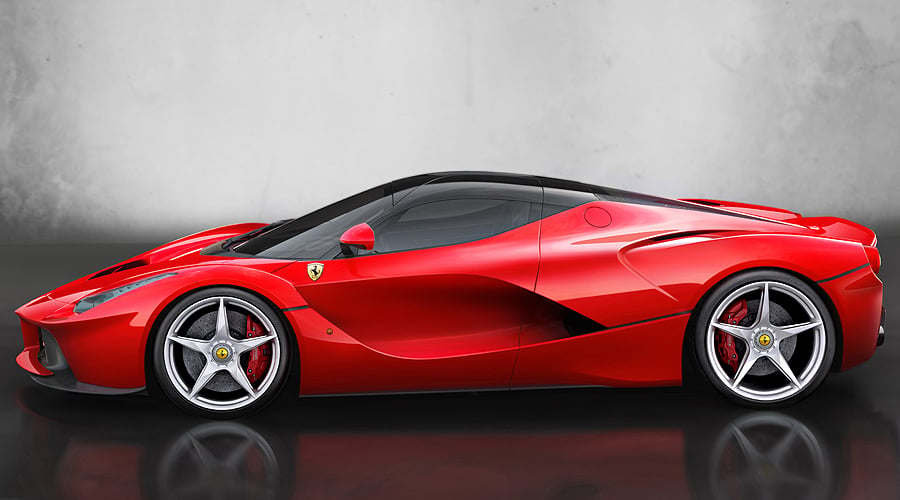
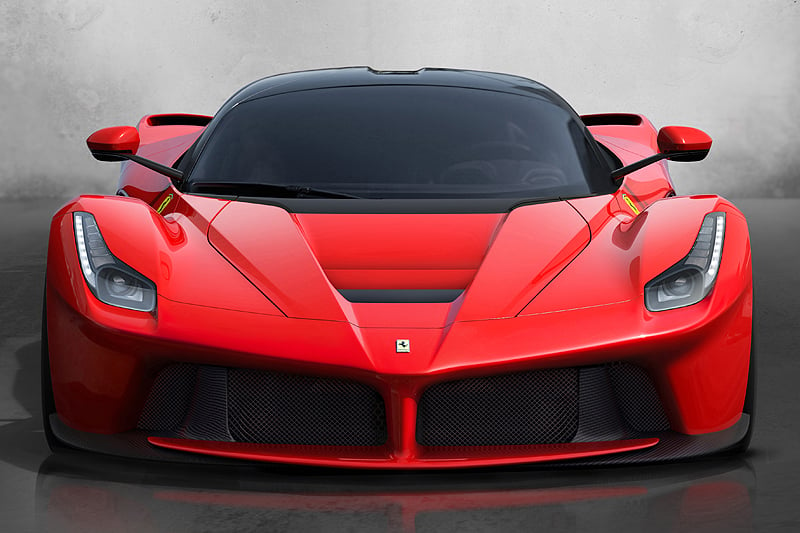
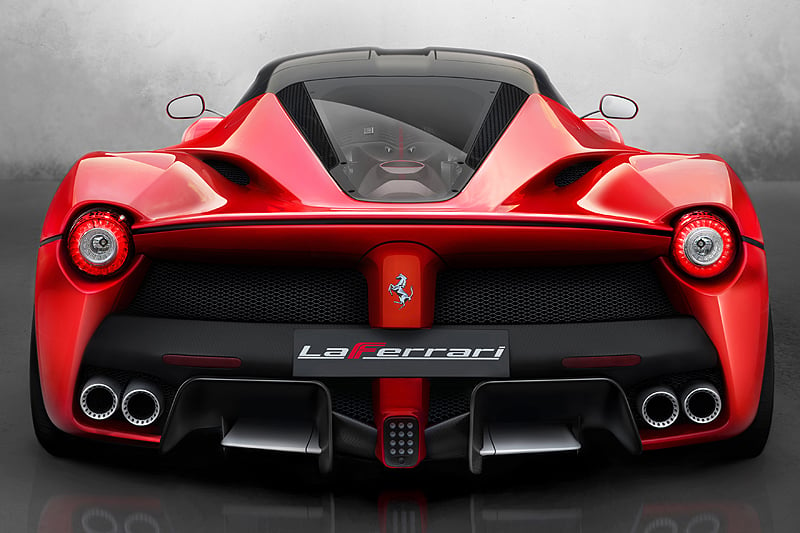
To emphasise the link between form and function, Ferrari’s own design team handled the styling of the car (rather than outsourcing to Pininfarina, as was the case with many models in the current range), in close co-operation with the engineering department. The sharp, downward-sloping nose, low bonnet and muscular wheelarches are said to be inspired by the sports prototypes of the 1960s, while the lower front wing seemingly suspended on a single central ‘pylon’ is a nod to more modern competition Ferraris.
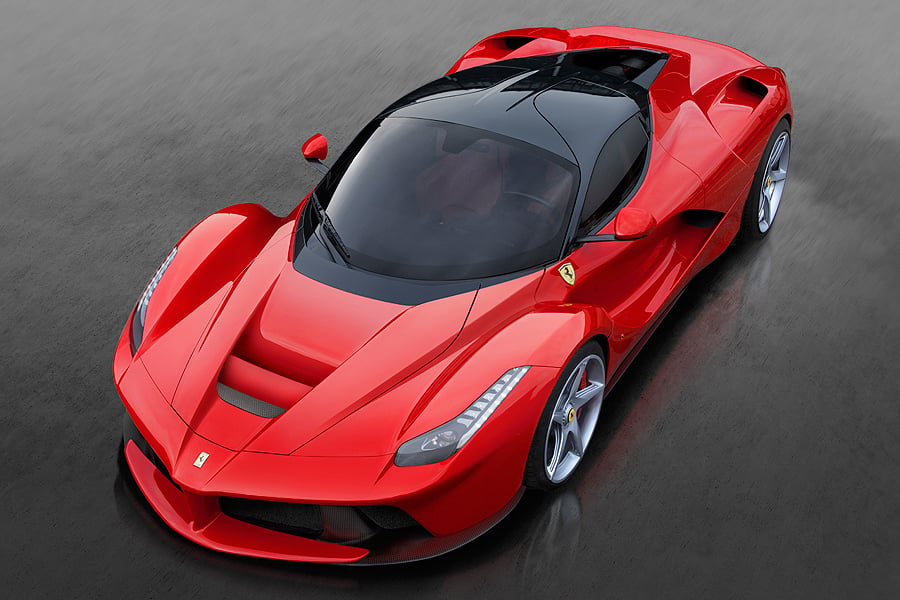
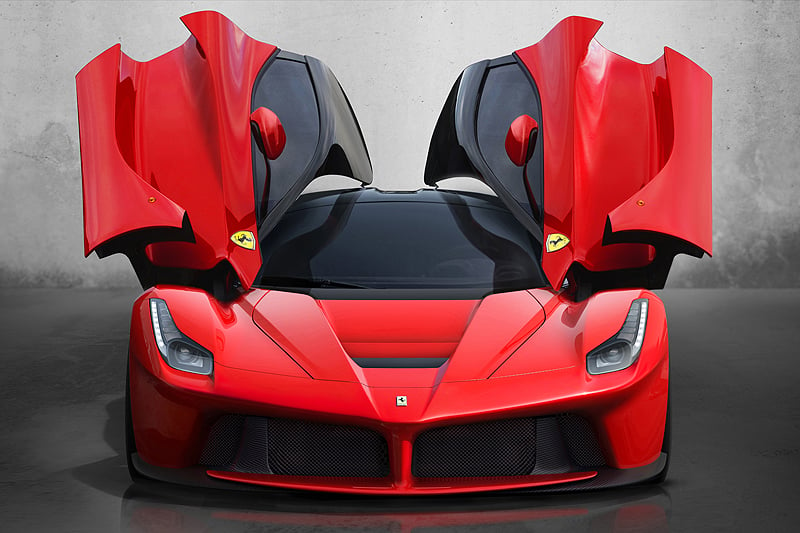
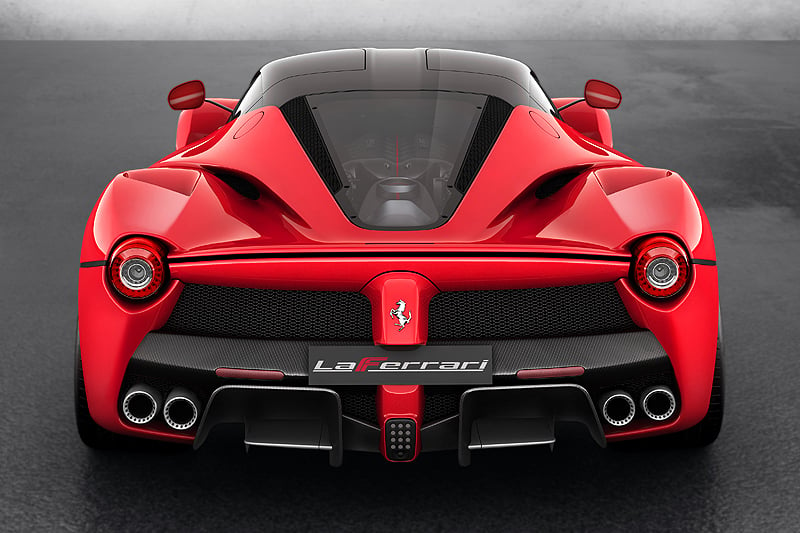
Just 499 LaFerraris will be built, with an expected price of around £1million.









